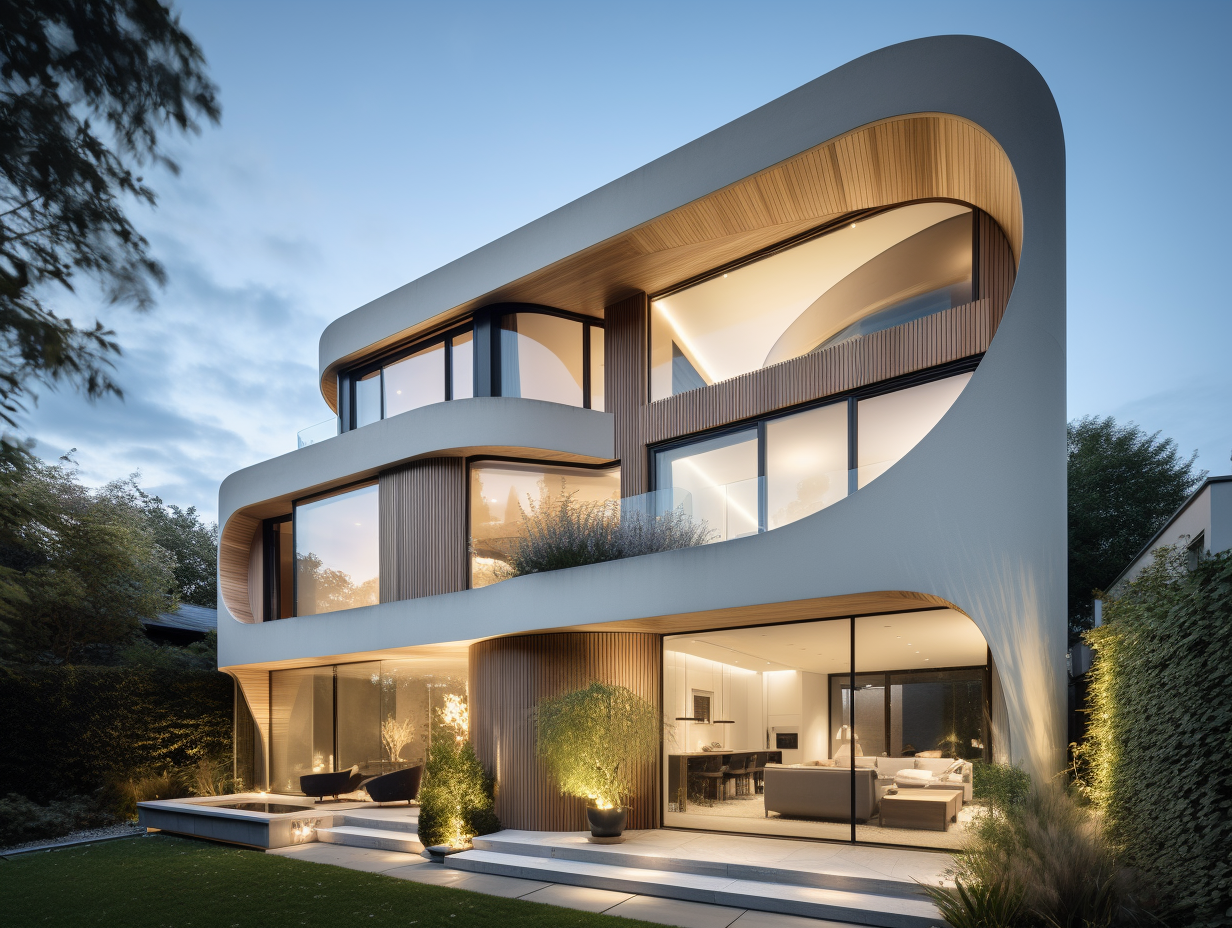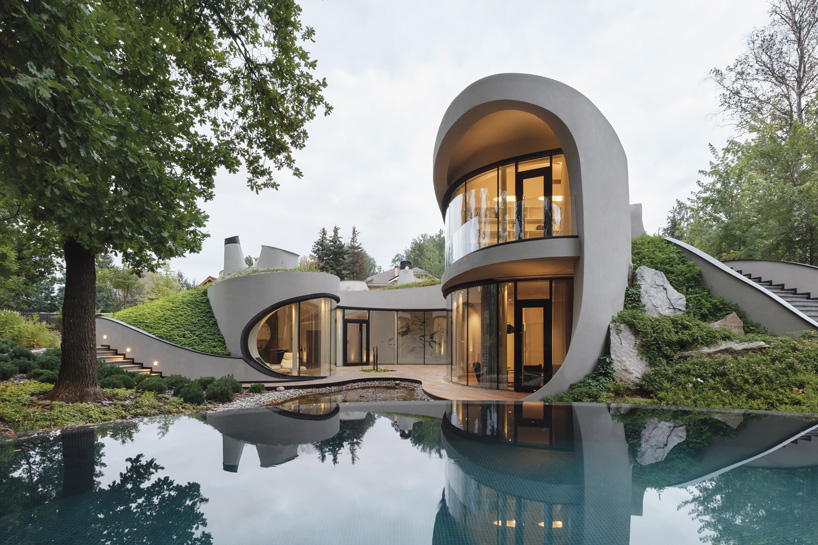Why CDA Architects Are Leaders in Architectural Style and Technology
Why CDA Architects Are Leaders in Architectural Style and Technology
Blog Article
Understanding the Collaborative Process In Between Engineers and Designers in Modern Building Projects
The joint process between engineers and engineers is crucial in contemporary building and construction projects, as it integrates design intent with engineering usefulness. Exploring these characteristics discloses insights that might dramatically impact job end results and overall sector standards.
The Value of Cooperation
The collaborative synergy in between engineers and engineers is vital for the effective realization of any building task. This collaboration unites unique expertise and perspectives, allowing the assimilation of cutting-edge design with practical engineering services. By collaborating, engineers and designers can ensure that a project not only meets aesthetic and functional demands however likewise follows safety and security, sustainability, and financial restraints.
Cooperation cultivates a common vision, promoting the alignment of objectives and assumptions from the start. This placement is critical in resolving possible obstacles and mitigating threats that can emerge throughout the task lifecycle. A joint technique enables for the efficient allocation of sources, maximizing both time and expense.
The significance of collaboration reaches the repetitive process of design and building and construction, where responses from engineers can inform building decisions, leading to even more practical and sustainable layouts. On the other hand, designers can inspire designers to think artistically regarding how to attain structural integrity without endangering creative intent. Ultimately, the collective relationship in between designers and designers is not simply advantageous; it is basic to the development of top quality, useful, and ingenious constructed atmospheres that meet the requirements of culture.
Communication Techniques and Devices
Efficient interaction techniques and devices are vital for promoting collaboration between engineers and engineers throughout the job lifecycle. Establishing clear channels of interaction is necessary to make certain that all employee are straightened with project goals, timelines, and responsibilities. Routine conferences, both in-person and virtual, offer possibilities for stakeholders to discuss development, address problems, and make informed decisions.
Using task management software program, such as BIM (Building Information Modeling) platforms, boosts collaboration by allowing real-time sharing of layout modifications and technical requirements. These devices assist in openness, enabling architects and designers to picture changes and examine their effect on the overall job.

Shared Objectives and Job Vision

Establishing common goals includes open discussion and an extensive understanding of each technique's contributions. Designers typically concentrate on layout intent, spatial connections, and individual experience, while designers emphasize architectural honesty, systems functionality, and compliance with laws (cda architects). When these perspectives are lined up, the outcome is a natural project that sticks to both innovative desires and technical expediency
In addition, a well-defined project vision promotes responsibility amongst employee, encouraging each participant to take ownership of their function in accomplishing the wanted end result. Regular check-ins and collaborative workshops can even more strengthen this dedication, permitting for changes to be made as the task evolves. Ultimately, a shared vision not only enhances team effort however likewise raises the high quality of the final deliverable, causing successful job completion.
The Function of Innovation
Leveraging innovation has actually ended up being important in boosting partnership between designers and engineers. The assimilation of sophisticated software program tools promotes real-time communication and details sharing, enabling groups to work a lot more efficiently and successfully. Structure Information Modeling (BIM) attracts attention as a critical modern technology, allowing both designers and designers to create in-depth 3D versions that encapsulate style intent and structural stability. This common graph lessens misconceptions and improves the decision-making procedure.
Moreover, cloud-based platforms enable seamless partnership, enabling job stakeholders to accessibility and upgrade task information from anywhere. This cultivates a society of openness and accountability, as changes can be tracked and examined in real-time. Additionally, mobile applications more enhance communication, giving on-site teams with instant accessibility to job requirements and updates.
Arising modern technologies such as expert system and equipment understanding are additionally starting to play a duty in anticipating analysis, assisting teams identify possible concerns prior to they develop. Eventually, the function of technology in architecture-engineering collaboration not just boosts process effectiveness but also boosts technology, causing more successful task end results. By accepting these technological advancements, engineers and designers can guarantee a more natural see post and efficient collaborative procedure throughout the building and construction lifecycle.
Situation Studies in Successful Partnerships
Countless situation studies highlight the extensive impact of Discover More reliable partnerships in between designers and designers on job outcomes. One remarkable example is the cooperation on the High Line in New York City, where landscape engineers, engineers, and city coordinators collaborated to change an abandoned railway into a vivid public park. This multidisciplinary method not just improved the visual quality yet also made sure structural security and ecological sustainability.
One more excellent case is the style and building and construction of the Sydney Opera Home. The collaboration between designer JÃ ¸ registered nurse Utzon and structural engineer Ove Arup exhibited innovative analytical. Their cooperation allowed for the famous shell-like layout while dealing with complicated design challenges, eventually causing a timeless architectural masterpiece.
The Burj Khalifa in Dubai additionally shows the importance of collective initiatives. cda architects. The integration of architecture and engineering proficiency allowed the task group to attain unprecedented heights while adhering to security guidelines and visual vision
These instances emphasize the importance of communication, count on, and shared goals. In today's intricate building and construction environment, such partnerships are vital to navigating difficulties and providing jobs that satisfy both find out practical and visionary objectives.
Final Thought
In final thought, the partnership in between designers and engineers is vital for the success of contemporary building jobs. Efficient communication methods, a common job vision, and the combination of advanced technologies are crucial components that promote this collaboration. By promoting a culture of responsibility and leveraging tools such as Structure Details Modeling (BIM), groups can navigate project intricacies, making certain that visual, practical, and sustainability objectives are attained. Inevitably, this harmony causes innovative and successful task results.
Report this page